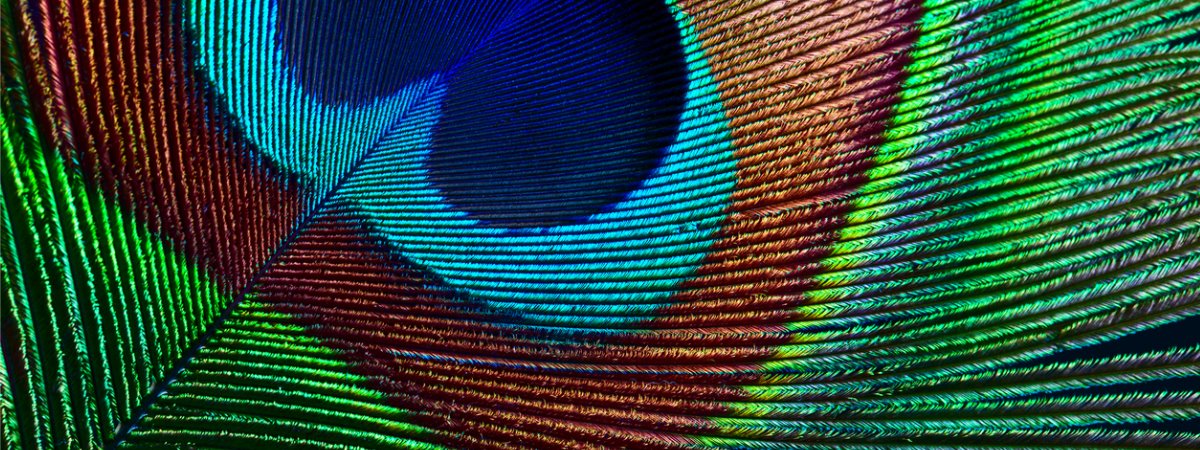What does design have to do with health market transformation? Everything, says Chris Waugh, Sutter Health’s first-ever chief innovation officer.
Too many people make the mistake of thinking of design as something that enhances the beauty or functionality of an object or space, according to Waugh. In truth, “much of design is designing things that wouldn’t make a sound if you dropped them,” he says. At its core, design is about examining the consumer journey and imagining a better way, Chris explains.
And that is why it is so integral to health transformation.
In this episode of the Oliver Wyman Health podcast, Chris and Oliver Wyman’s Sam Glick discuss the basics of human-centered design, and they explore how health organizations could design a better healthcare experience by focusing less on individual patient encounters and more on the overall consumer journey.
Listen:
Listen to this podcast on: iTunes, SoundCloud, Stitcher, iHeartRadio, TuneIn, and Google Play Music. For more information on this and other episodes, check out the Oliver Wyman Health Podcast page, featuring executive conversations on the business of transforming healthcare.
More from this episode:
- Where to begin in designing a better healthcare experience? Think of all the moments in the experience – some involve a tangible object, some a physical space; some moments are clinical, some are emotional or spiritual. “It’s thinking about that end-to-end experience and what are the moments that matter the most and [then] looking at empathetically along that journey to where opportunities lie to pull levers to better engage that patient, and make healthcare more inspiring or more resonant.” (3:36)
- “It starts with empathy, and being fairly tool agnostic. We know we have marketing, clinical, architecture available to us; but we start by looking at that patient and empathizing with their journey, rather than looking at the problem through that particular tool’s lens. We go to the tool belt after we empathize with what’s going on and what are the various moments that that person goes through. (4:36)
- Our health system does great things; but not all things well. “The healthcare system produces miracles on a daily basis. Putting disease at the center has produced great results, but doesn’t solve the whole equation.” (9:58)
- When the system is optimized with diseases at its center, it can neglect the person. (10:50)
- “There’s a lot of talk about creating a patient-centered system … but the definition of patient is to suffer and to wait, and I don’t believe that’s what we’re trying to do. We’re trying to create a human-centered system, of which diseases are key part of the equation, but not necessarily the exclusive focus of the story line. If we start to think of it as a human-cantered system, we will achieve a diff design and different result.” (11:08)
- “Using human-centered design gets right in the heart of the matter, which is to prop people up only to see them come back again is a very expensive way to go. Human-centered design says ‘what’s the true story here and what’s really going on versus what people are just saying what’s going on.” (14:41)
- What human-centered design tends to be really good at is looking beyond what people say and do and get to the roots of what they think and feel to unpack the behavior. Example: If information was the answer to creating behavior change and better health outcomes, we wouldn’t have an obesity crisis anymore. (15:10)
- When asked to assign healthcare a day of the week, Waugh says most respondents say “Monday,” and some say “Monday after a three-day weekend.” We understand experience falls short. If a Monday after a three-day weekend is the starting point, there’s almost nowhere to go but up. (16:00)
- The socio-economic levels are agnostic to the real opportunity here, which is to design a system that functions no matter who you are and how much money you make. (18:18)
